what does Rust look like on daylilies?
buyorsell888
13 years ago
Related Stories

FUN HOUZZDoes Your Home Have a Hidden Message?
If you have ever left or found a message during a construction project, we want to see it!
Full Story
LANDSCAPE DESIGNDoes Your Landscape Need a Little ‘Cosmic Latte’?
Beige — the color of the universe — can be both building block and backdrop in a contemporary garden
Full Story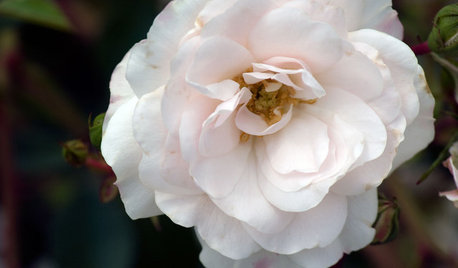
GARDENING GUIDES5 Favorite White Roses for a Purely Beautiful Garden
How does your garden glow? With roses that look like light and smell divine
Full Story
HOMES AROUND THE WORLDHouzz Tour: A Shoreline Home Glows Like a Lantern
This sailing-mad family’s house in New Zealand, inspired by traditional boat sheds, responds to light and wind
Full Story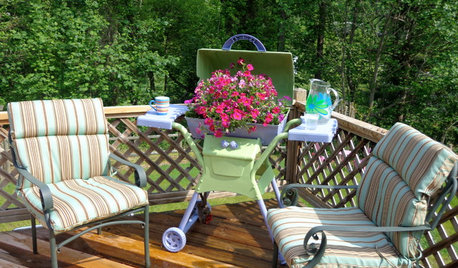
SALVAGEReinvent It: Make a Cheery Planter From an Old Eyesore
Don't ignore that yucky old grill growing rust in your yard — turn it into a lighthearted planter that's a joy to see
Full Story
REMODELING GUIDESInteresting Industrial Materials: Cor-Ten Steel
Use the Rust-Rich Metal for a Variety of Exterior Applications
Full Story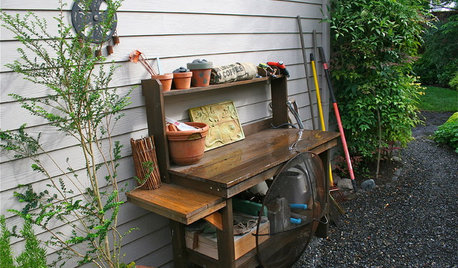
HOUSEKEEPINGHow and Why You Should Clean Your Garden Tools
Avoid rust and extend the life and effectiveness of your blades and spades with these expert tips
Full Story
HOUSEKEEPINGOutdoor Home Prep to Do Before Hard Winter Hits
Avoid cracking, rusting and rotting during freezes by taking care of these tasks now
Full Story
Design 2011: 5 Easy Updates
See What a Little Rust Color, Shine, Type and Lighting Can Do for a Room
Full Story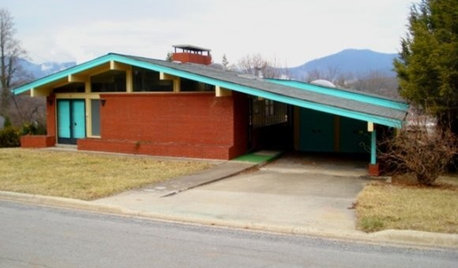
LIFEHouzz Call: Show Us the House You Grew Up In
Share a photo and story about your childhood home. Does it influence your design tastes today?
Full StoryMore Discussions








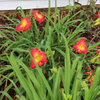

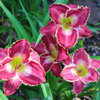
floota
Nancy Barginear
Related Professionals
Bloomington Landscape Contractors · Burlington Landscape Contractors · Gloucester Landscape Contractors · Lake Worth Landscape Contractors · Paramount Landscape Contractors · Salmon Creek Landscape Contractors · Secaucus Landscape Contractors · Antioch Landscape Contractors · Oxon Hill Landscape Contractors · Alabaster General Contractors · Miami Gardens General Contractors · North Highlands General Contractors · Orangevale General Contractors · Titusville General Contractors · Wright General Contractorsbuyorsell888Original Author
sweatin_in_ga
wren_garden
Ed
bambi_too
wren_garden